The rise of electric tugs and tugger systems is transforming the landscape of material handling in modern warehouses. As demand for operational efficiency, labor safety, and cost reduction intensifies, traditional methods like forklifts and manual carts are being re-evaluated. Enter the tug—a compact, powerful, and often automated device that revolutionizes how warehouses move goods.
In this article, we’ll explore how tugs revolutionize material handling, the technology behind them, their benefits over traditional solutions, and their role in modern warehouse material handling equipment ecosystems.
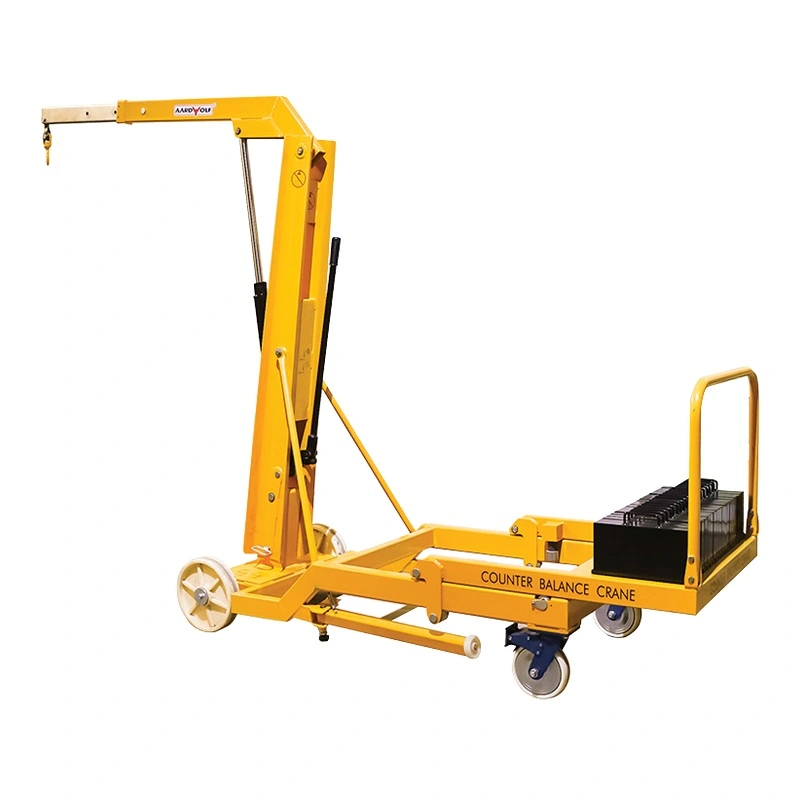
Table of Contents
ToggleWhat Are Tugs in Material Handling?
Tugs, or electric tuggers, are compact motorized vehicles designed to pull heavy carts or trains of carts within warehouses, manufacturing facilities, and distribution centers. Unlike forklifts, which lift and carry materials, tugs tow multiple loads, reducing traffic, labor, and manual strain.
There are two main types:
- Manual-powered or walk-behind tugs
- Automated guided tugs integrated with automated material handling systems
These tools are a core part of modern industrial material handling solutions and support lean, safe, and scalable operations.
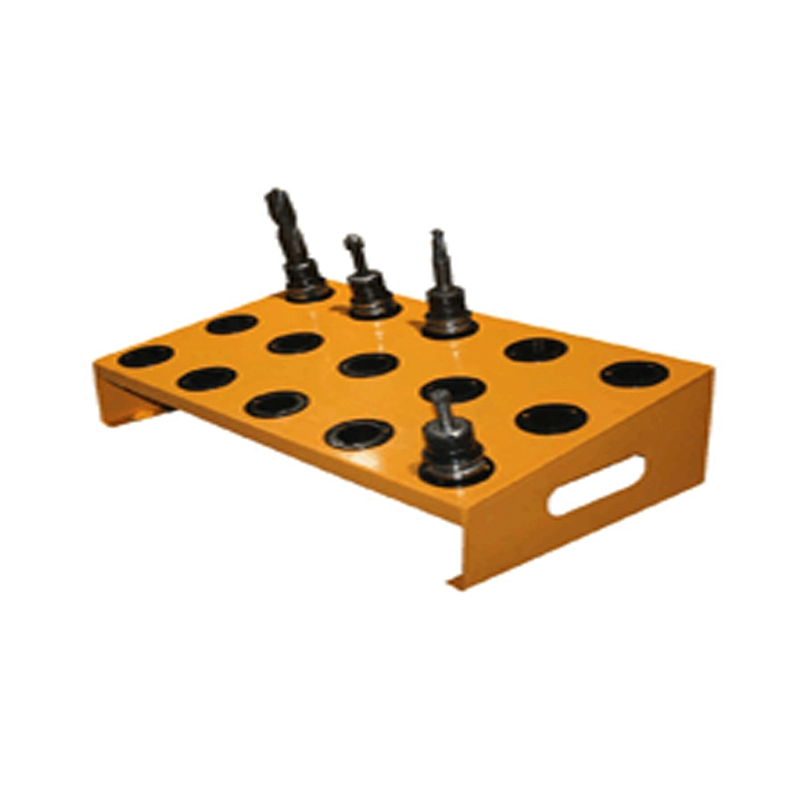
The Evolution of Tugger-Based Material Movement
Traditionally, forklifts for material handling were the standard solution for moving pallets and bins. However, issues like:
- Operator fatigue
- Safety risks
- High training and maintenance costs
- Limited load per trip
…have pushed facilities to look for smarter, more flexible alternatives.
Tuggers, particularly in automated vs manual material handling, offer a high-efficiency solution to:
- Reduce manual load pushing
- Eliminate unnecessary forklift use
- Simplify repetitive or long-distance tasks
They’re particularly useful in environments such as:
- Material handling in logistics
- Material handling for manufacturing
- Material handling in food industry
- Pharmaceutical material handling systems
How Tugs Revolutionize Warehouse Material Handling
1. Multiple Load Handling in a Single Trip
Tugs can pull trains of carts, reducing the number of trips and optimizing labor usage. This approach, known as milk run delivery, supports just-in-time inventory management and reduces traffic congestion inside the warehouse.
2. Enhanced Ergonomics and Safety
Electric tuggers eliminate the need for pushing heavy loads manually, reducing strain, injury, and fatigue.
🔗 Loose Clothing Is Best to Wear When Handling Material?
By decreasing physical effort, tugs promote healthier, more productive workers and align with material handling safety standards.
3. Better Space Utilization
Forklifts require turning radii and wide aisles. Tugs can operate in tighter environments, especially when paired with material handling carts and trolleys designed for tight maneuvers.
In U-shaped cell layouts—commonly used to minimize travel and handling—tugs fit perfectly into lean production lines.
🔗 Which Cell Design Is Used to Minimize Travel and Material Handling?
4. Seamless Automation Integration
Modern tugs can be integrated into automated material handling systems. Equipped with:
- RFID scanners
- Vision systems
- Pre-programmed routes
…these automated guided vehicles (AGVs) reduce human error and ensure smooth operations across warehouses.
5. Cost-Effective for Long-Term Use
Compared to traditional MHE like forklifts or cranes:
- Tugs cost less to maintain
- Require minimal operator training
- Offer longer operational life
They also qualify as low-cost material handling solutions for small businesses trying to scale.
Equipment and Systems That Complement Tug Use
To maximize tug effectiveness, it’s essential to integrate them with supporting systems:
- Conveyors for material handling for automated transfers
- Overhead material handling systems to relieve floor congestion
- Jib cranes for vertical movement in prep zones
🔗 jib crane - Bulk material handling systems for high-volume manufacturing
- Warehouse material handling equipment designed for lean travel paths
Use Cases: Where Tugs Excel
🏭 Manufacturing Plants
Tugs deliver components across work cells using standardized manual material handling tools like kitted carts.
🏗 Construction Sites
Tuggers with heavy-duty material handling solutions like slab dollies or vacuum lifters help move stone and tiles.
🔗 Aardwolf Slab Lifters
🔗 Vacuum Lifters
🏢 Warehouses and Fulfillment Centers
Tuggers transport palletized goods across large layouts, supporting efficient putaway and retrieval processes.
💊 Pharmaceutical and Food Facilities
Tuggers reduce contamination risk by reducing unnecessary human contact and vehicle emissions.
Comparing Tugs with Traditional Material Handling Tools
| Feature | Forklift | Tugger | Manual Carts |
|---|---|---|---|
| Load capacity | High | Moderate to High | Low |
| Speed | Fast | Medium | Slow |
| Safety | Medium risk | High safety | Moderate risk |
| Automation-ready | Some | Yes | No |
| Cost | High | Medium | Low |
Key Considerations When Implementing Tug Systems
When planning for tugger integration, consider:
- Material handling system design considerations
- Facility layout and travel distances
- Compatibility with material handling carts and trolleys
- Charging and maintenance stations for electric units
- Operator training and scheduling
Always consult reliable material handling equipment manufacturers or material handling system suppliers to ensure scalability and support.
Final Thoughts: The Future of Tugger-Based Handling
As warehouses embrace smart logistics, tugs are revolutionizing material handling by offering safer, more efficient, and cost-effective alternatives to traditional systems. Whether used as part of a fully automated strategy or integrated with human-guided operations, tuggers are proving indispensable in:
- Reducing labor strain
- Lowering operational costs
- Increasing throughput
- Supporting lean principles
From pharma to logistics, construction to manufacturing, tugs are redefining how goods move in the modern warehouse.

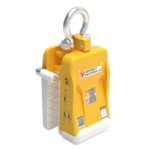
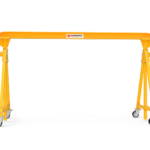
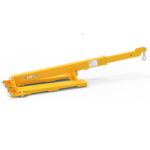
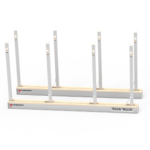
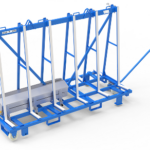
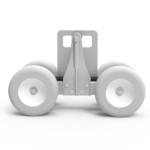
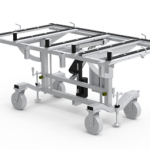
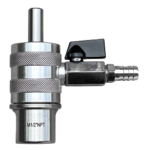
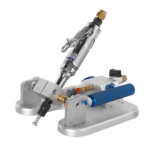
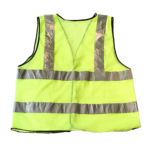
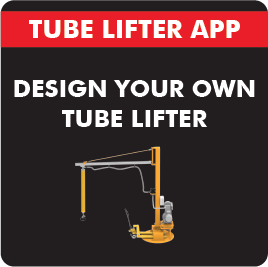
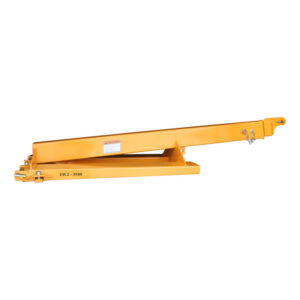
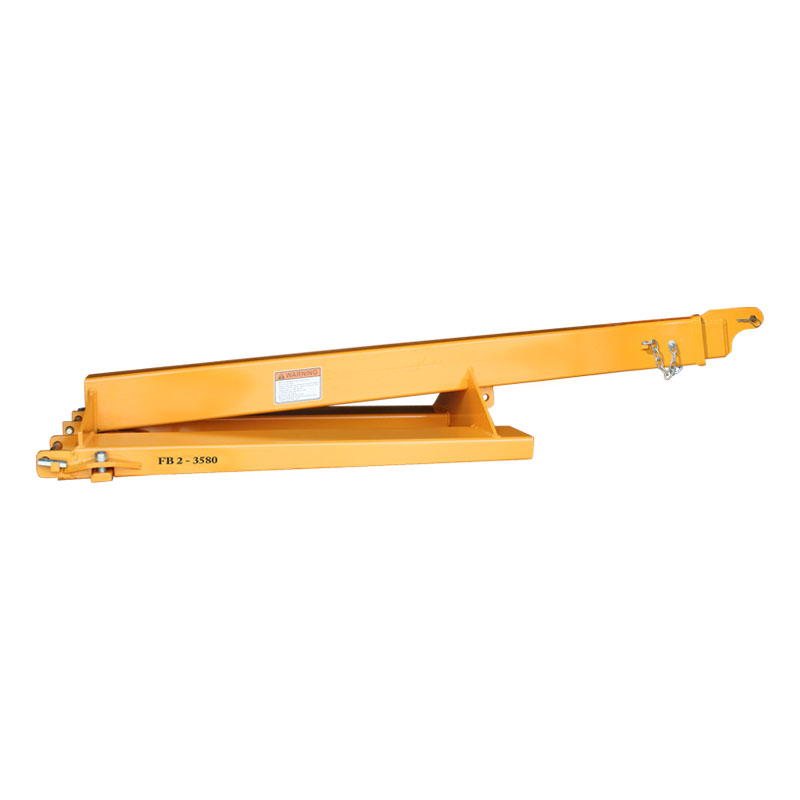
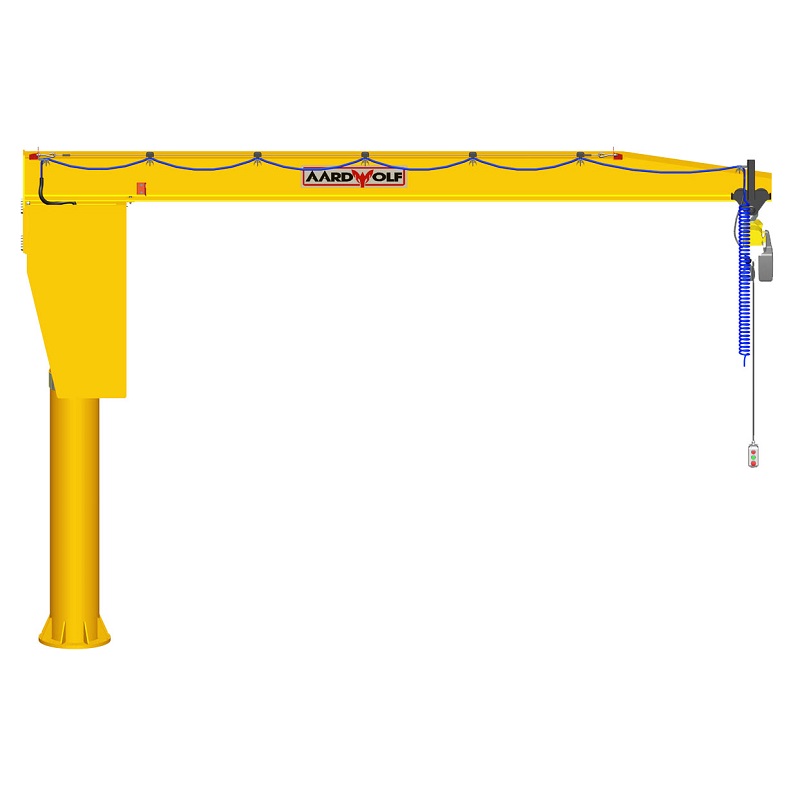
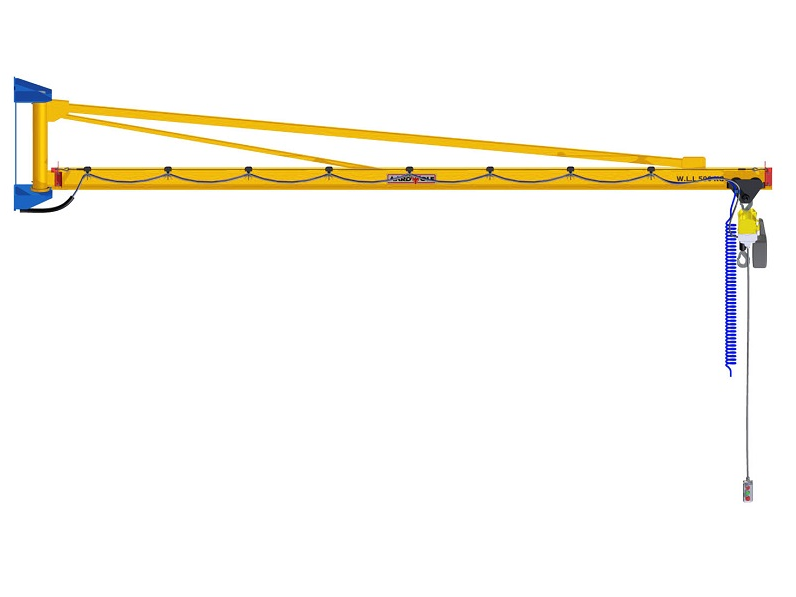

Please log in to leave a comment.